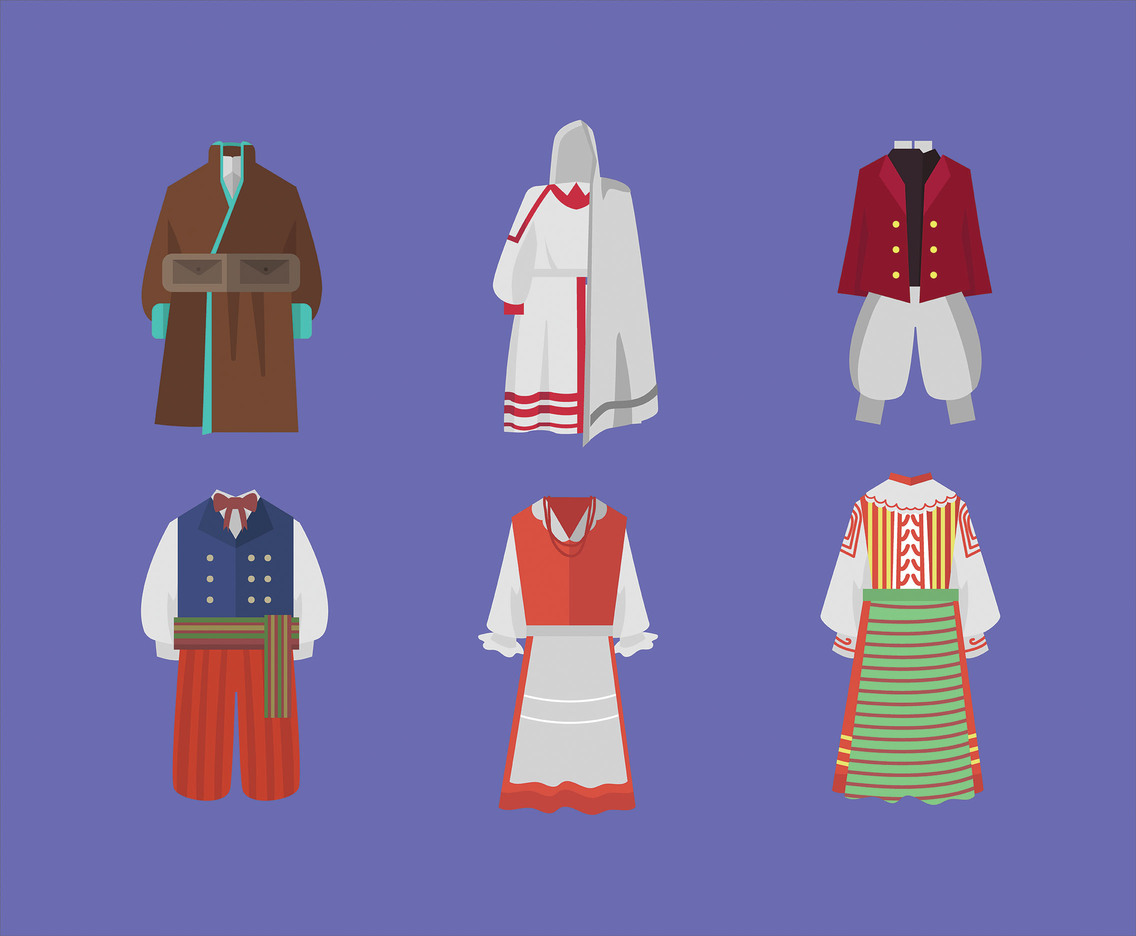
Clothing has been crucial to the identity and culture of civilizations for thousands of years and it remains prevalent to this day. There is hardly a better way to express yourself and show everyone who you are than through clothing and fashion. Over the course of history, different civilizations and social groups wore unique pieces that made them identify with their surroundings and stand out among the crowd.
In addition, it helped others realize who they are, what they are about, and where they come from. There is simply too much importance surrounding the clothing we choose especially in terms of tradition.
Traditional clothing in the modern sense, as paradoxical as that may sound, implies the kind of clothing that is historically and culturally appropriate for a certain people or a specific country. Such pieces are easily identifiable for others who connect them with the members of that tribe, culture, or people almost in an instant, which is one of the reasons why it is still so dominant.
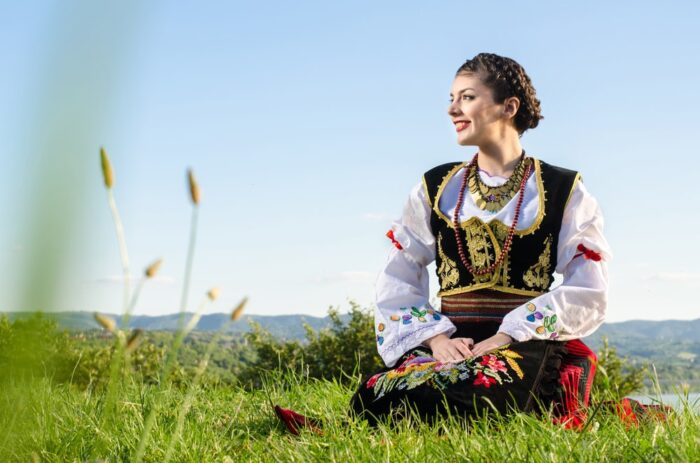
People like to identify with their past and learn about their ancestors, and it is important for the future as well. Understanding the past is the best way to do so and one can easily see and realize who they are by examining the past.
Some of the most iconic traditional clothing that everyone knows and loves include the Japanese kimono, the Scottish kilt, and the Mexican sombrero. Numerous other iconic traditional garments exist and even whole costumes that represent the folk tradition from times long gone, both ancient and as young as a century or two. Most countries have specific ways in which people dressed centuries ago that are now considered their traditional folk clothing, especially the oldest European nations.
For example, traditional German clothes are very famous and still worn and cherished today. In the following sections, you will learn about the most important reasons why traditional clothing is so popular in the fashion industry.
1. Intricate Details and Elements
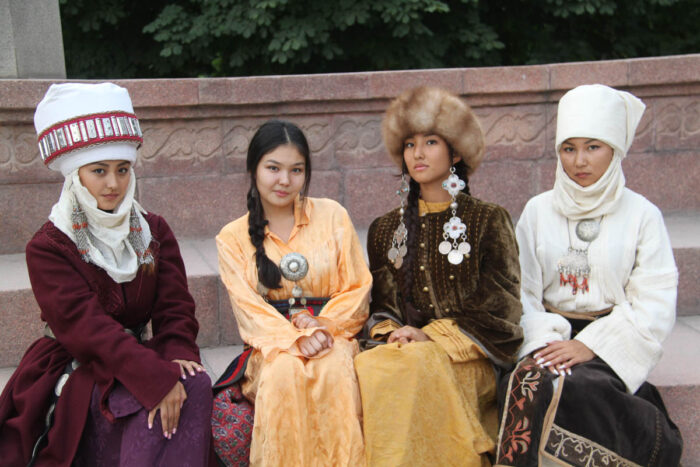
Most traditional garments have numerous details and elements that cannot be found on other clothes, especially modern clothes. Since fashion designers and the whole industry for that matter are always looking for new things to use in their newest sets and collections, tapping into the rich and seemingly endless potential of traditional looks is a gold mine. Religion is often a strong theme and the costumes worn for special occasions are often similar to the regular clothes that people wore back in the day. In an effort to broaden the fashion and introduce new styles, designers are constantly trying to bring back interesting and peculiar trends and they are successful quite frequently.
2. Sense of National Identity and Pride
Symbolizing where your nation and people came from and who they used to be in the old times is important. Losing the sense of national pride and identity is the best way for that same nation to be forgotten. If the individual members fail to honor the ancestors and break away with traditions, their children and grandchildren will not even have a chance to know who those who came before them were and how they lived and behaved. Nationalism has been given a bad name because of extreme values and the implied sense of superiority in the past, but in its purest form it is patriotism and pride at their finest. And traditional clothes and fashion is a great way to support that.
3. Connection to the Land
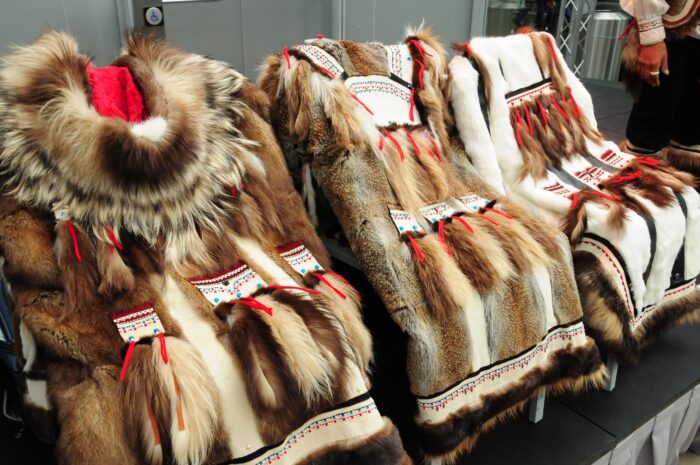
There is a reason why each nation has their specific clothes and fashion, and it almost always has to do with the environment, history, religion, and availability. It is usually a combination of these factors and the result is a folk style and fashion pieces that resemble and complement everything the nation values. From the national symbols and colors of the flag to the materials that used to be widely available and what was possible to make from them, an average traditional garment is literally made to fit in with the place where the people wearing it live.
From the coldest places in the north where the Eskimos live and their thick and furry coats, to barely anything that qualifies as clothing combined with paint and intricate jewelry and accessories of the jungle and desert tribes, it all serves a purpose. And that purpose is to fit in with the land and become one with the nature around you.
4. Convenience and Culture
In much the same sense of using what is logical and available in order to have an easier and more comfortable life, people preferred clothing that did not get in the way of their daily tasks and struggles. Convenience dominated as the reason why certain civilizations dressed as they did. Nobody likes to wear something that is bothering them as they work or even relax. Over the years, this type of convenience with clothing grew and evolved into culture and we now look back at it as such.
When somebody says that certain items of clothing are parts of the culture of a nation, it means that it helped them get to where they are and made them who they are. Without it, they would be different. Since it has so much importance to the evolution and advancement in every sense of the way, it should not be a surprise that traditional clothes have a strong presence in contemporary fashion as well.
5. Learning about Differences
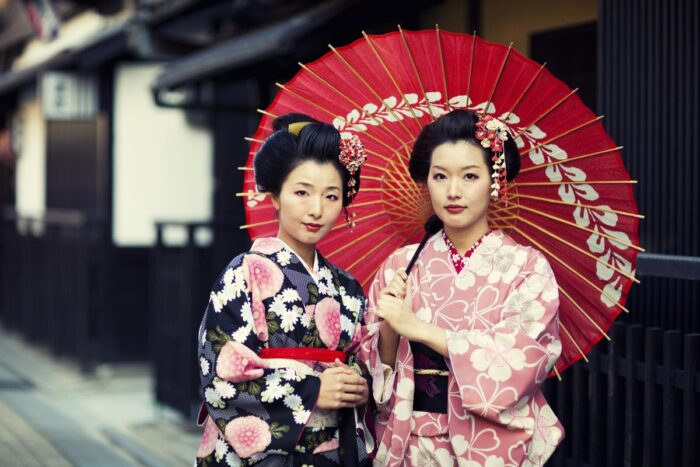
Last but not least, we have to talk about the fascination that different groups of people have for the foreign traditions and cultures. More often than not, an average European will purchase a kimono on their trip to Japan or buy a traditional Slavic dress during their trip to Eastern Europe. Finding out about other countries’ histories and traditions is usually more interesting for people than learning about what they already know about, especially if there are iconic fashion items you can get and experience it yourself. This is why traveling is tightly connected with actually experiencing how foreigners live in their homeland and trying out different aspects of their everyday life including the clothes and accessories they consider normal.






